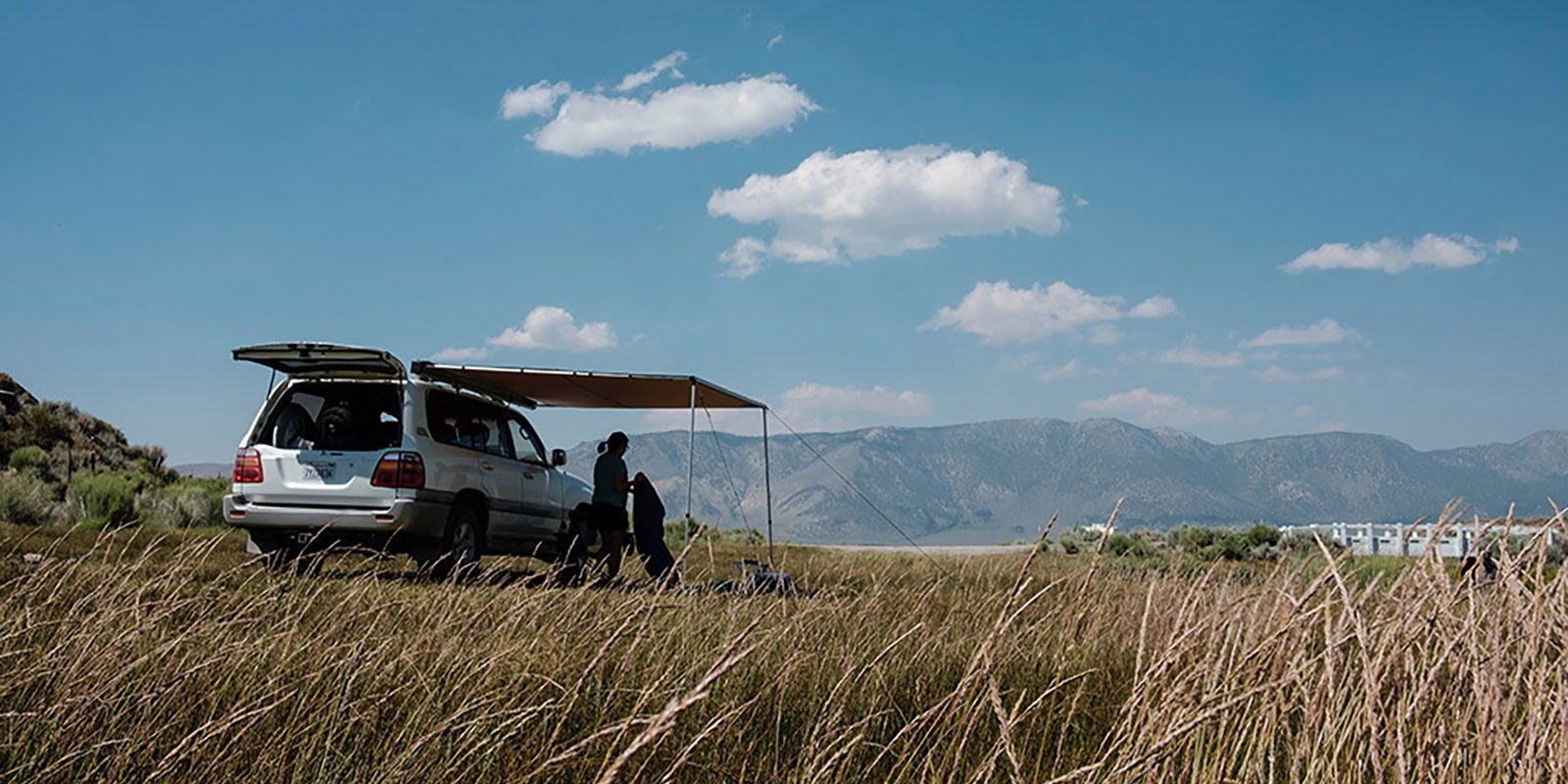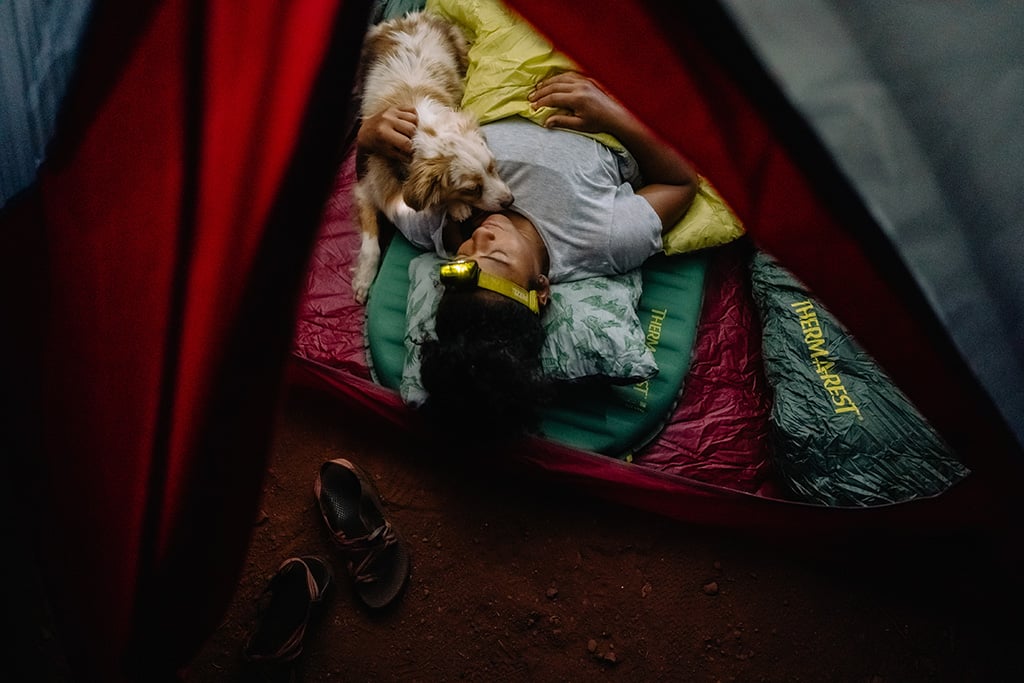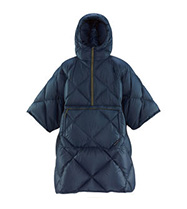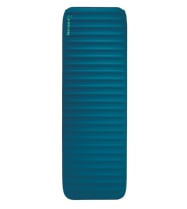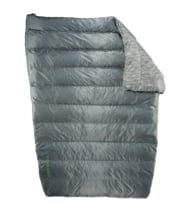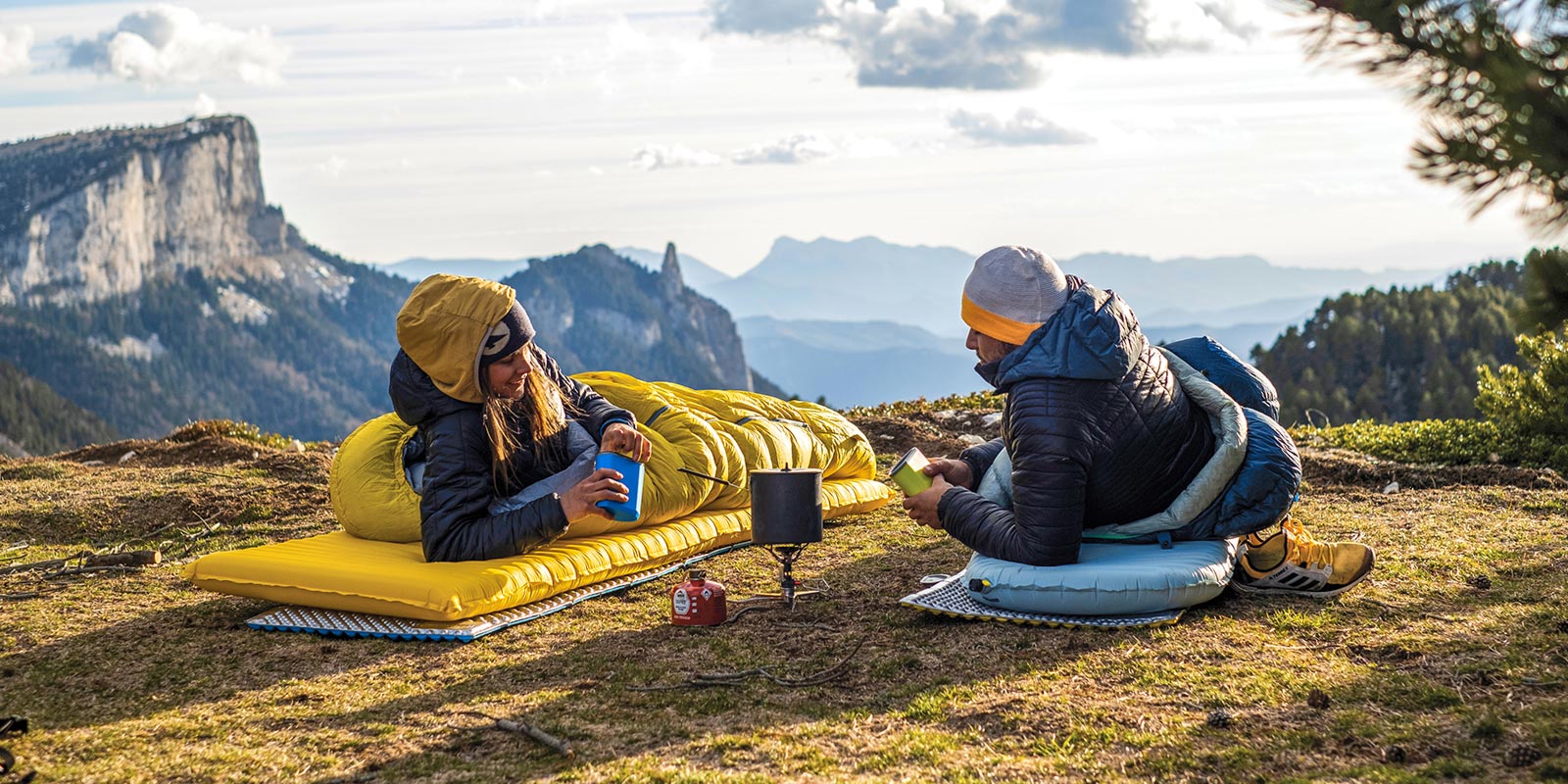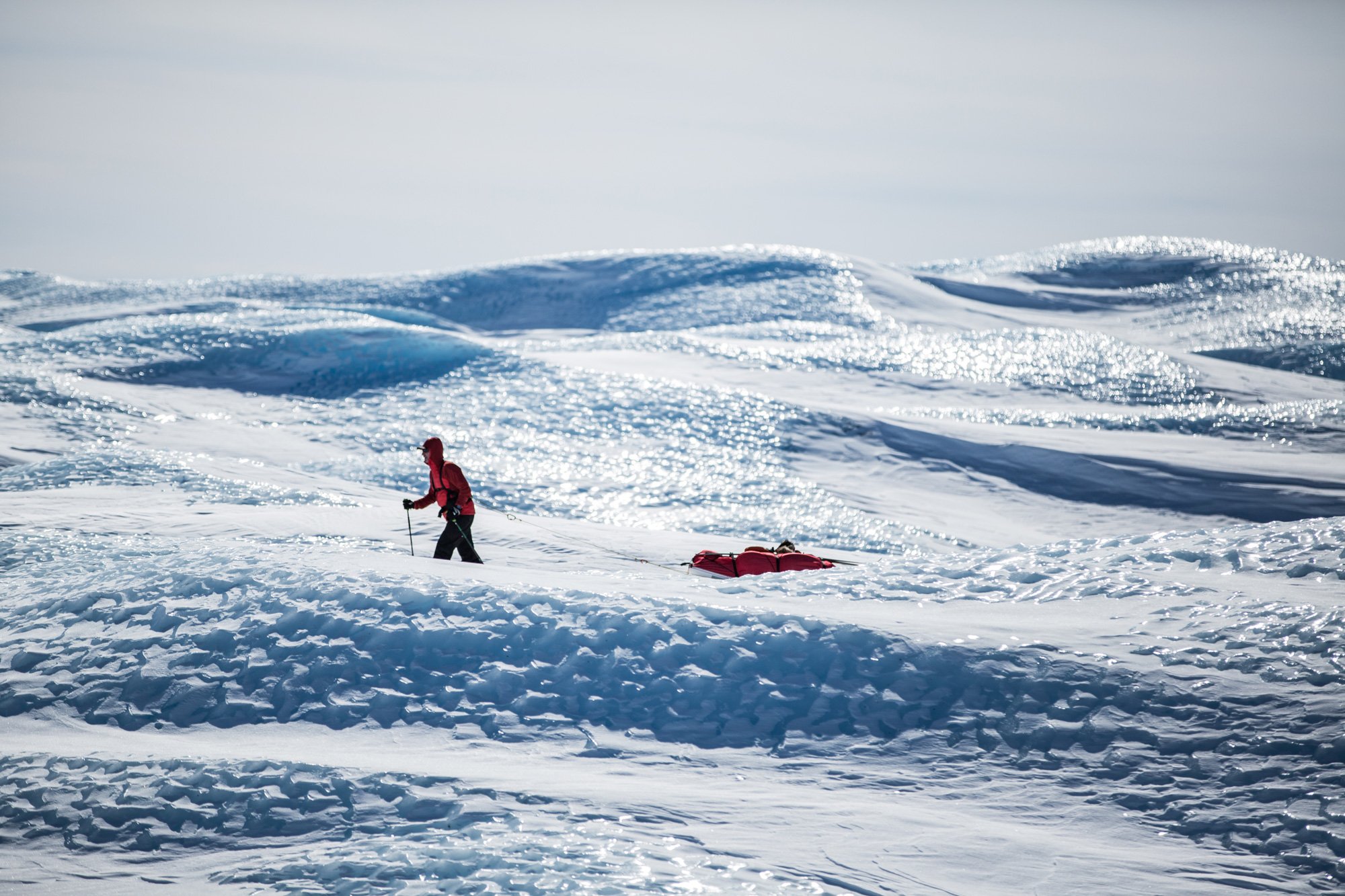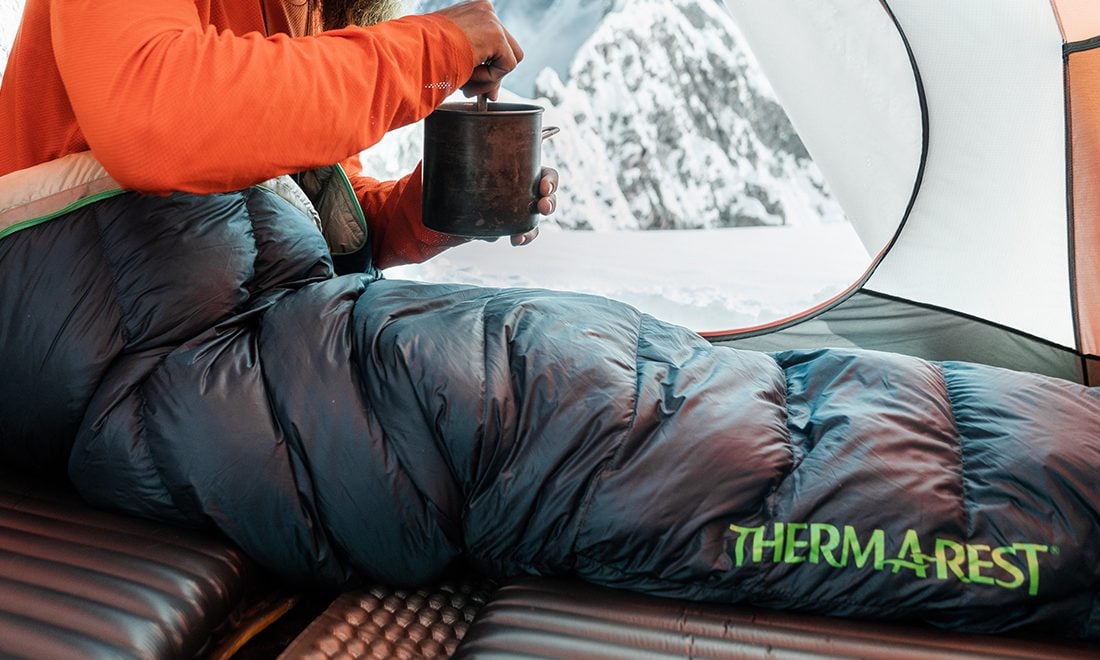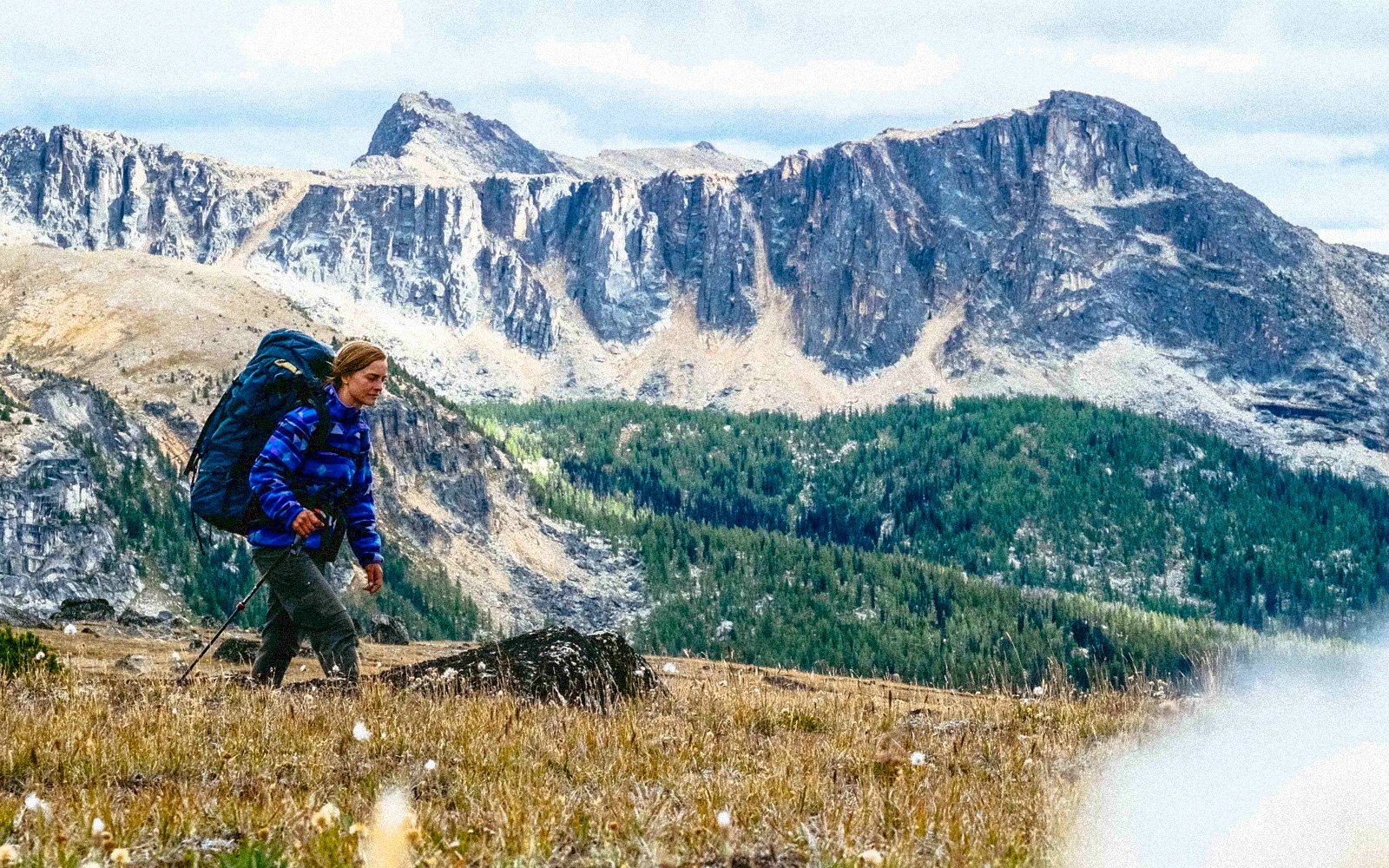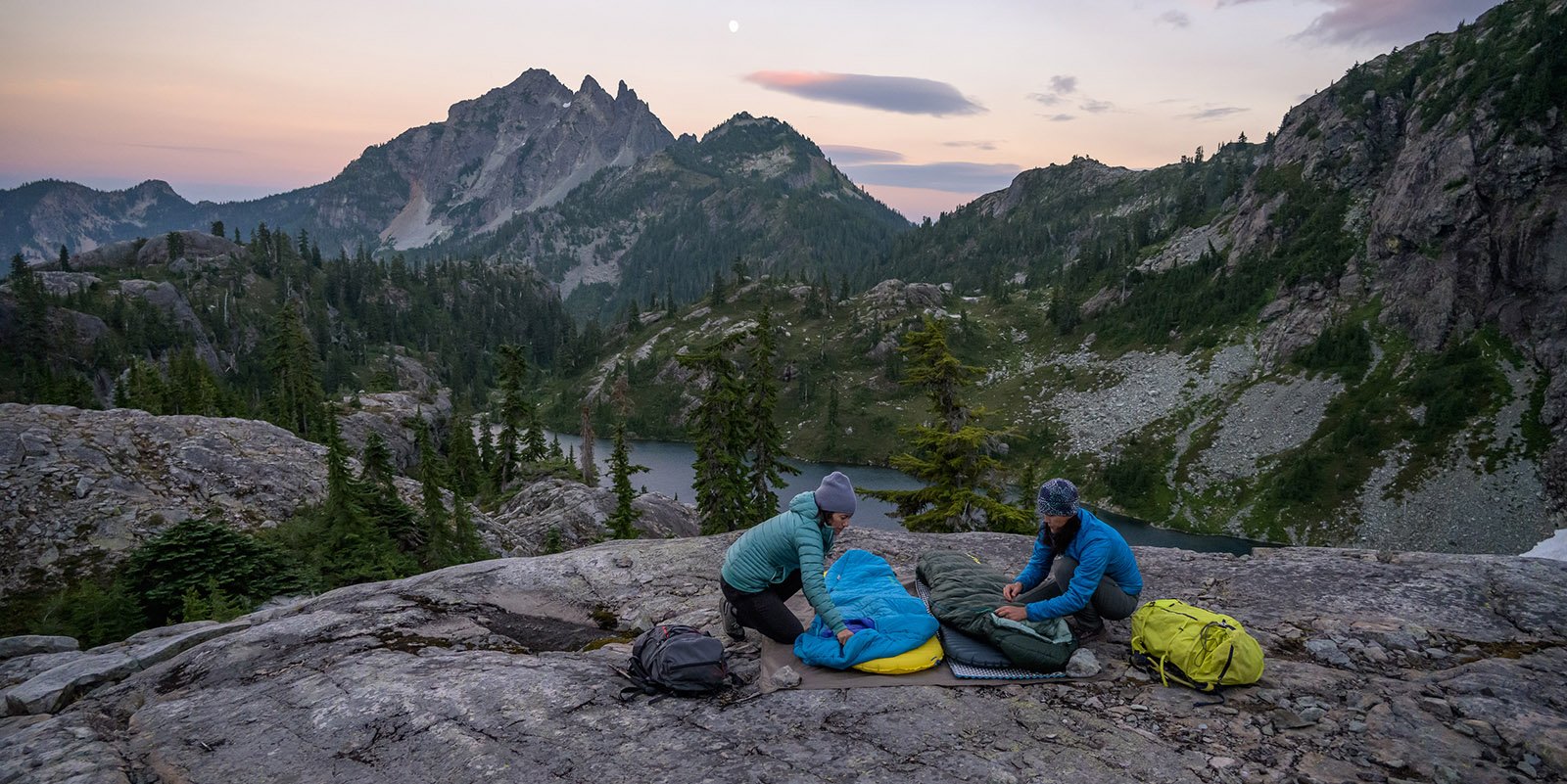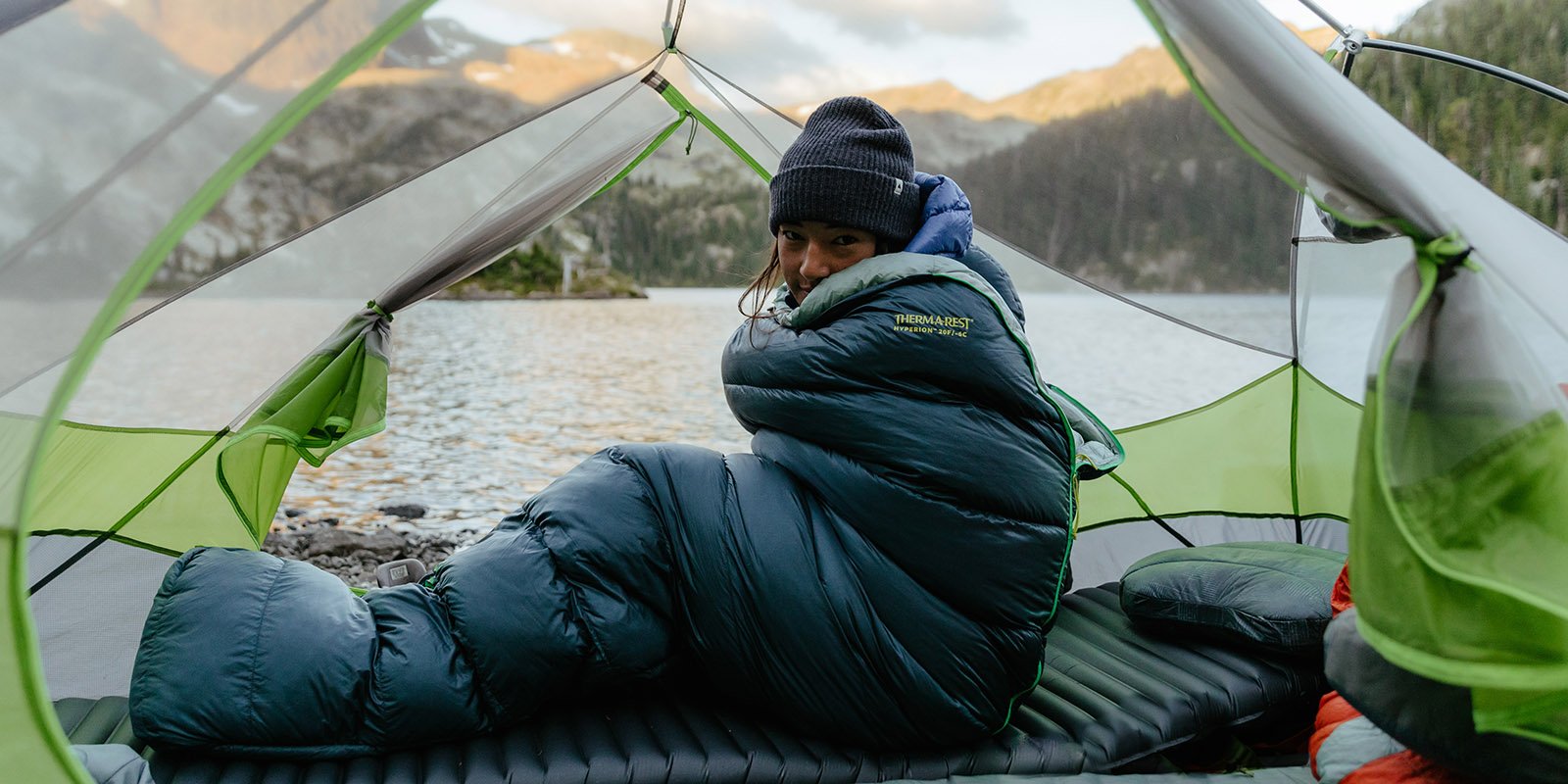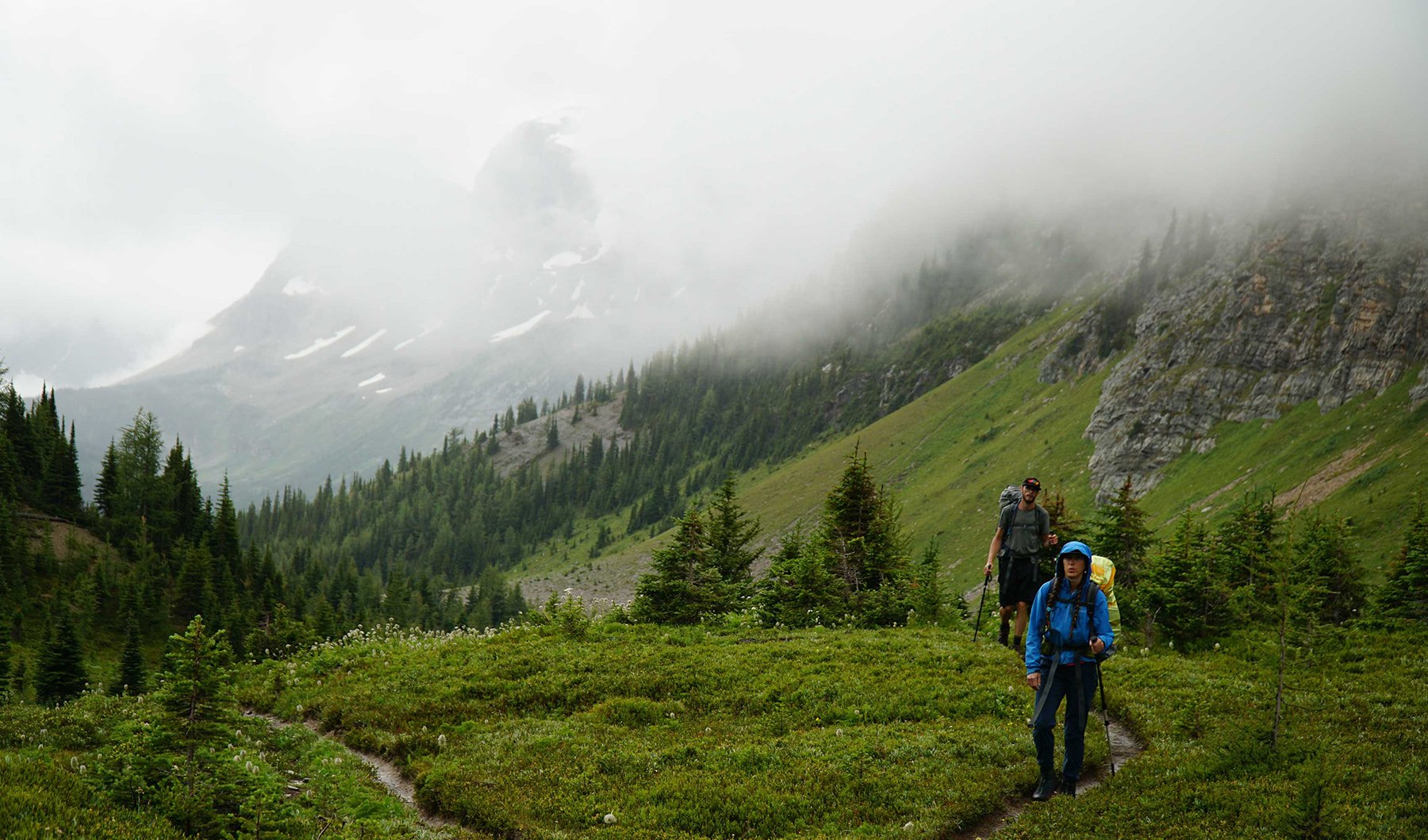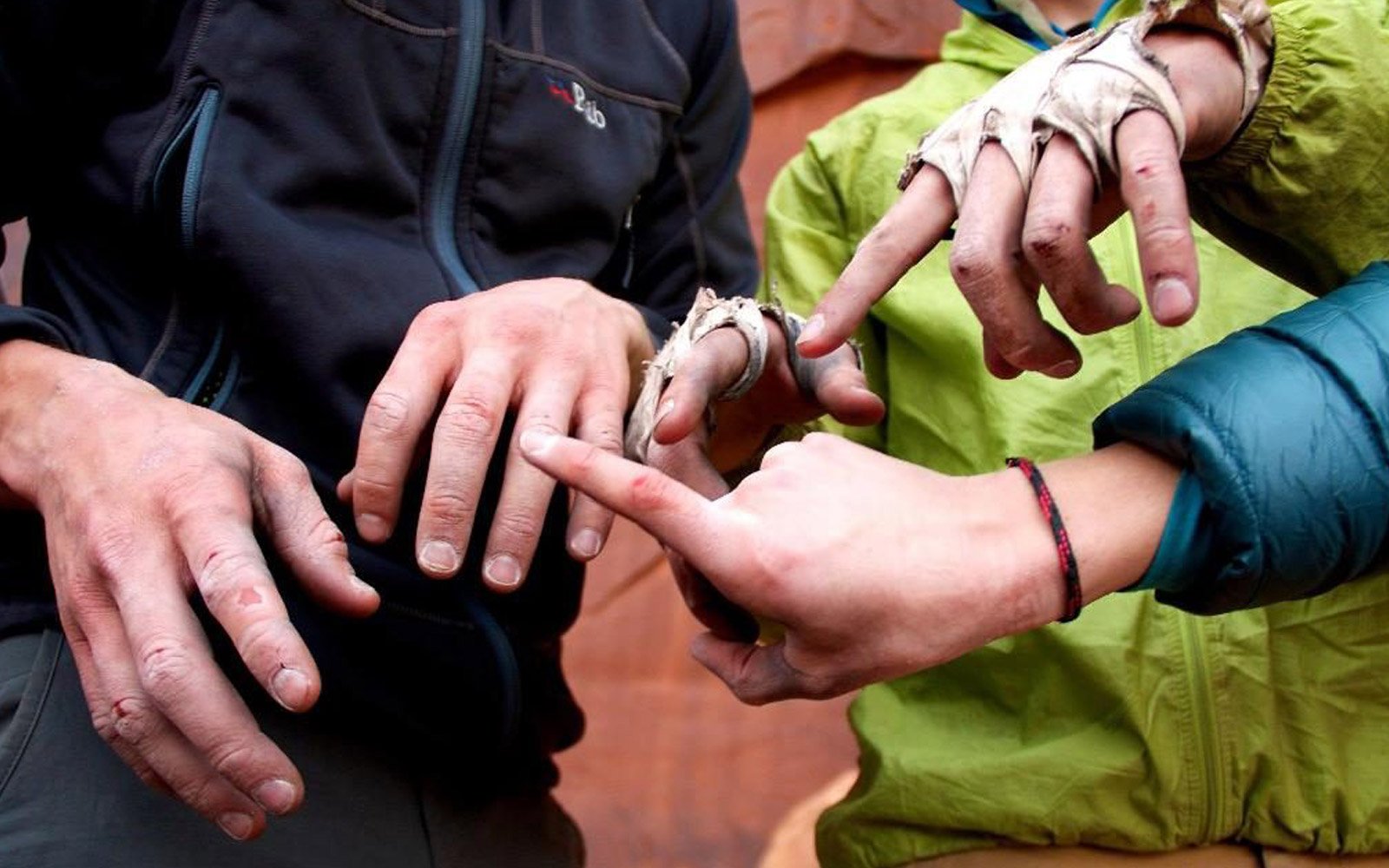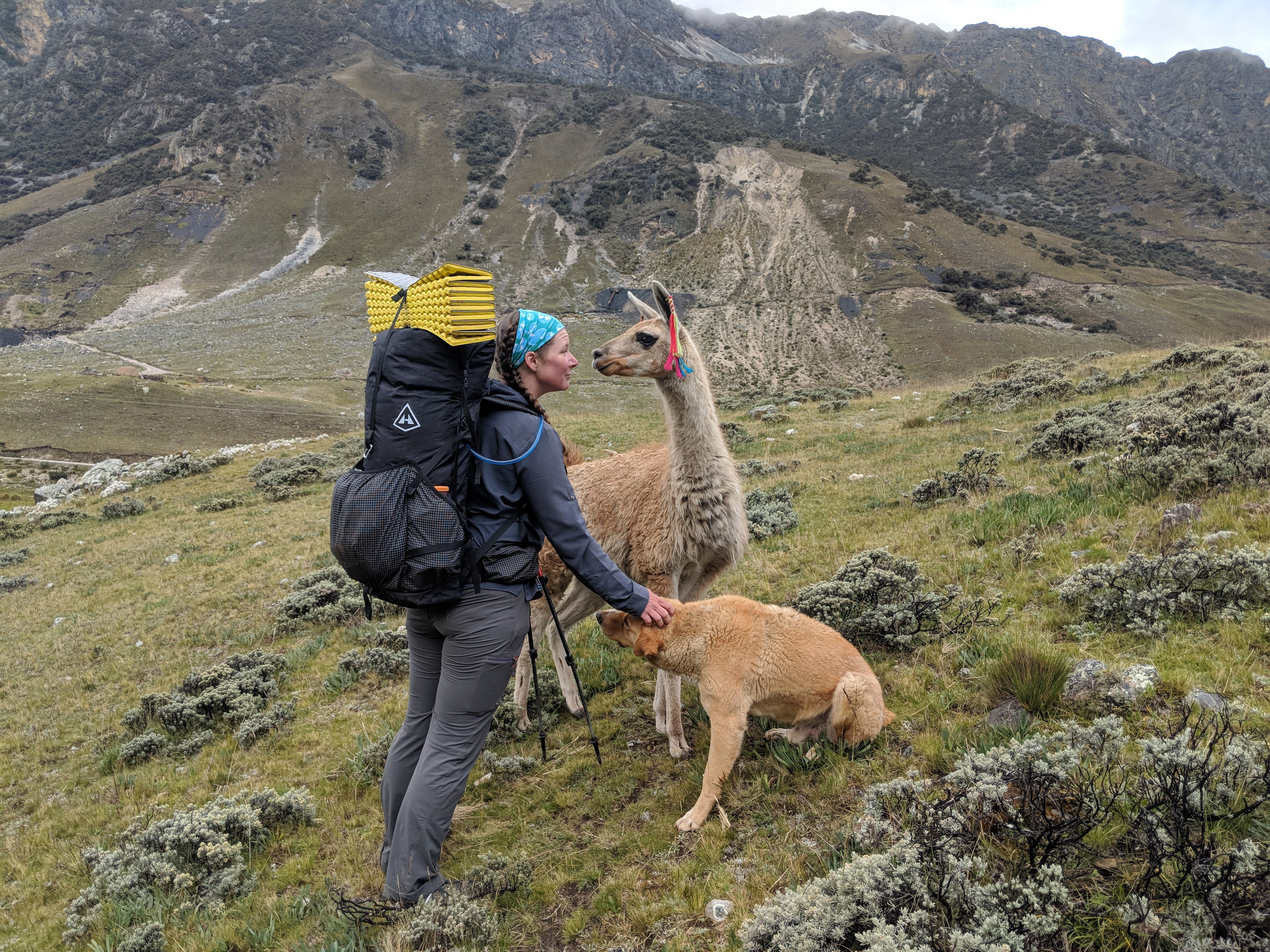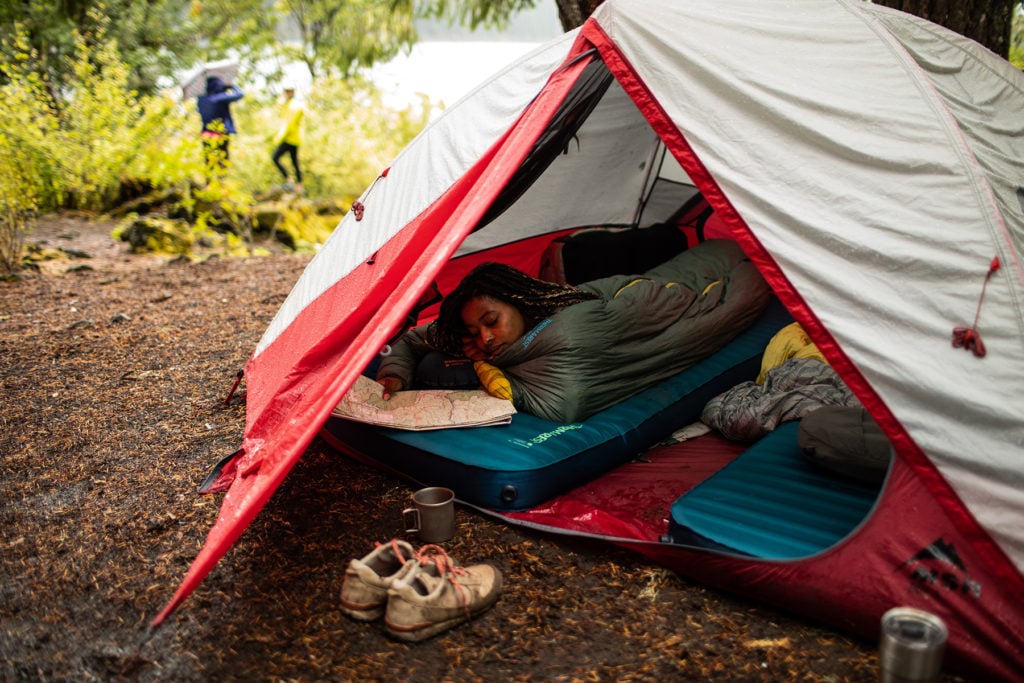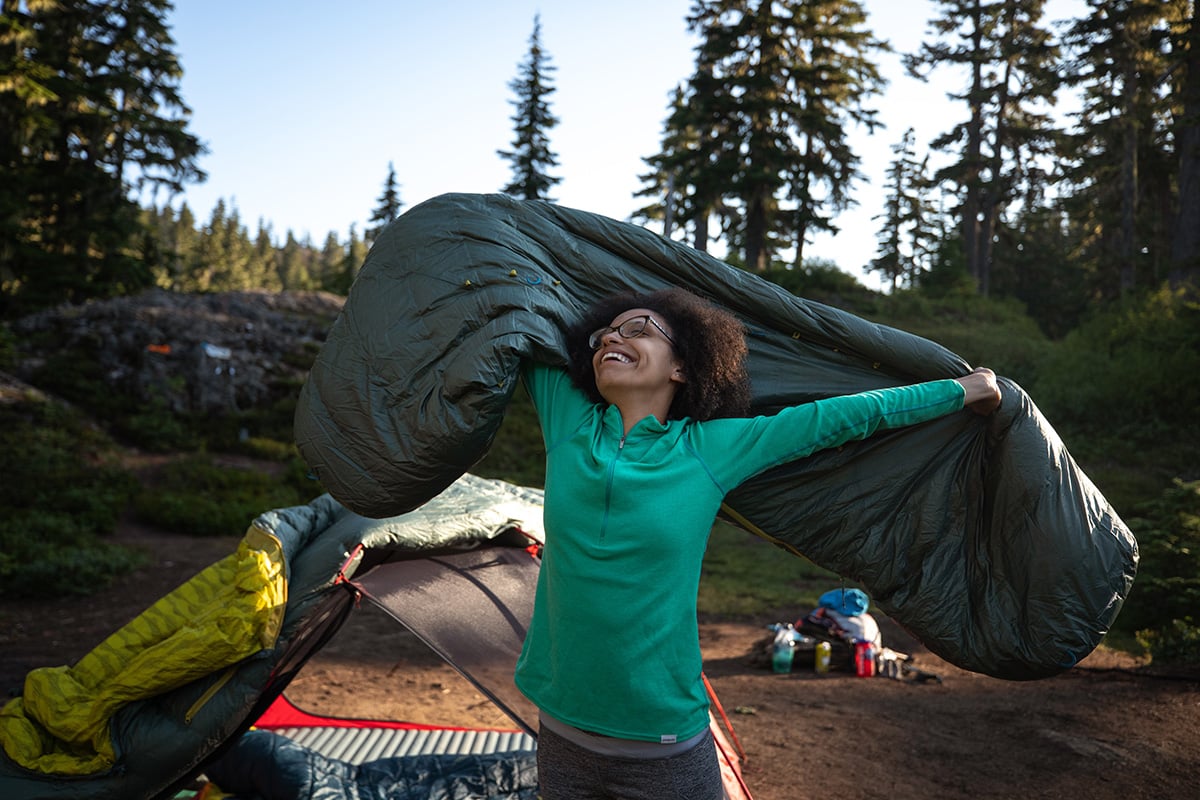A knock on my window jolted me into consciousness. A gruff voice came from the darkness: “Police, open up. You can’t camp here.” My heart raced. I was parked at a trailhead where camping was previously allowed. But during the pandemic, new camping restrictions were put into place and never lifted, unknowingly putting me on the illicit side of life. He let me off with a warning right before I started my car, and drove to the nearest Walmart parking lot. Though I wasn’t new to car camping, I was still navigating the shifting rules in my local county. I felt that car camping was an incredible way to recreate, but that you really have to know how to choose the right car camping spot. Here’s everything I could’ve benefited from knowing about car camping essentials, gear, and finding safe and legal places to stay for the night.
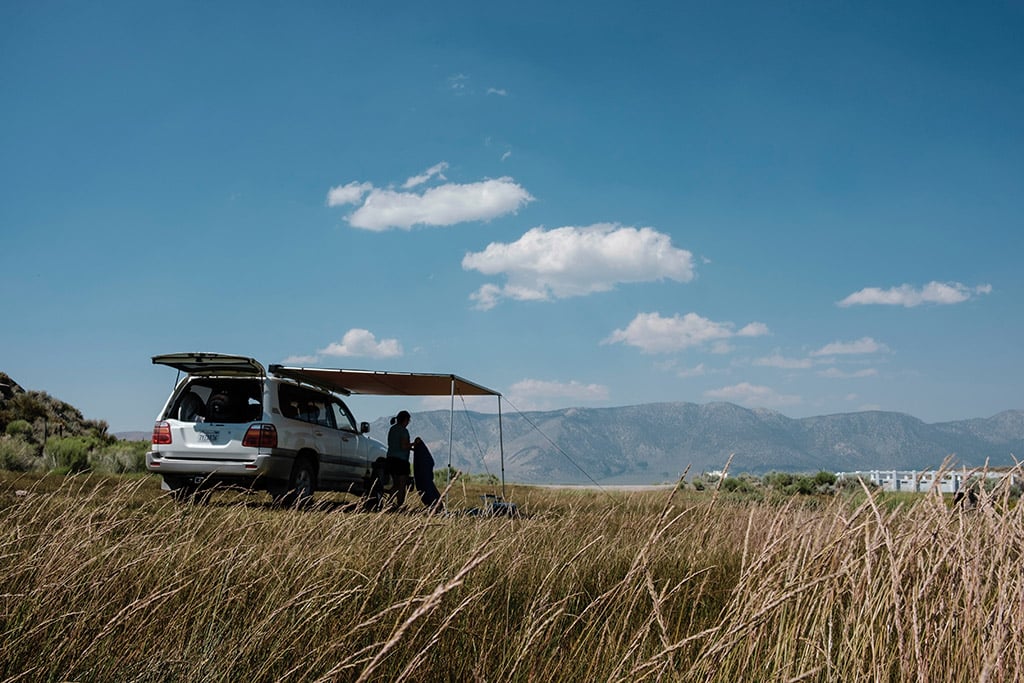
Why car camp?
Car camping isn’t new, but its surge in popularity is. More and more people who are less inclined to “rough it” on a backpacking trip are turning on to the luxury and easy of vehicle-based adventures. From decked-out “overlanding” rigs that can get deep into remote locations, to established campgrounds or just ditching it for the night in a parking lot on a cross-country road trip, camping with all of your luxuries in tow is easy, affordable and provides a quick escape any time you need one.
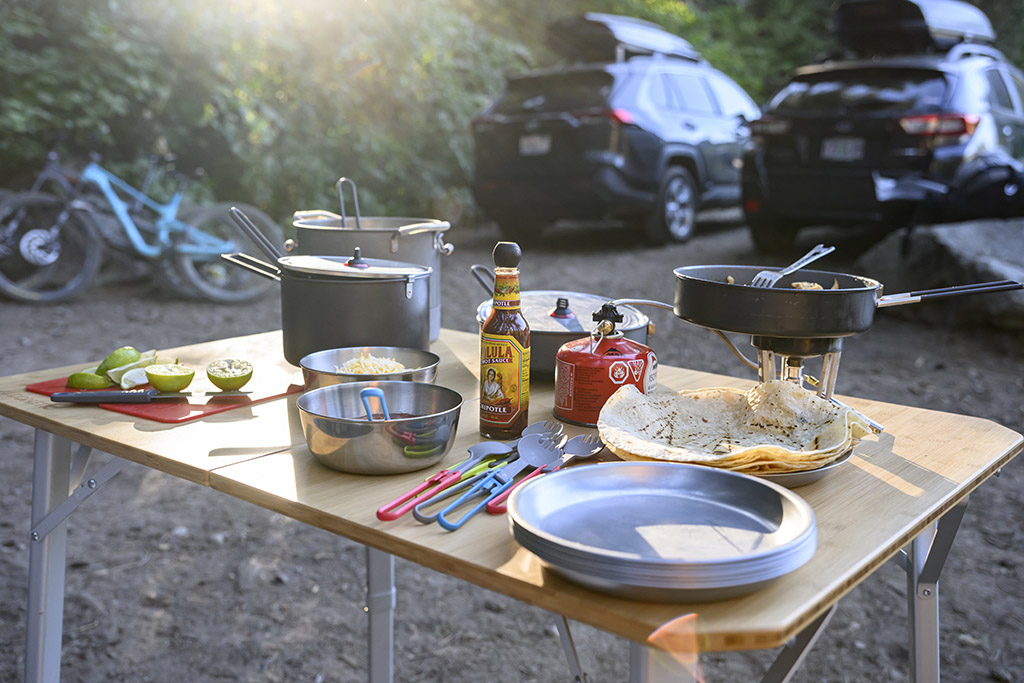
Car Camping Essentials
If you’ve never been car camping, it can be tricky to determine which items you won’t be able to live without while you’re in the woods. Bringing the right gear makes a tremendous difference in your overall comfort, and these car camping essentials can turn a weekend expedition into a luxurious getaway.
Stove
Bringing a stove allows you to boil water and cook food to stay well-nourished on your trip.
Warm Sleep System
Add a warm sleeping pad, sleeping bag, and camp pillow to your car camping system to support quality rest during your adventure.
Shelter
Those who expect to set up camp next to their car (instead of inside of it) can usually benefit from a tent with plenty of space like the Habiscape 6 because it gives you plenty of space for yourself, another person or three (or more), plus gear.
Depending on the type of car camping adventure you’re undertaking and what amenities are available, you may also find these items to be essential to your comfort:
- Water jug
- Folding camp chairs and table
- Poop kit (this is always a good item to bring if you won’t be around established bathrooms)
- Garbage bags
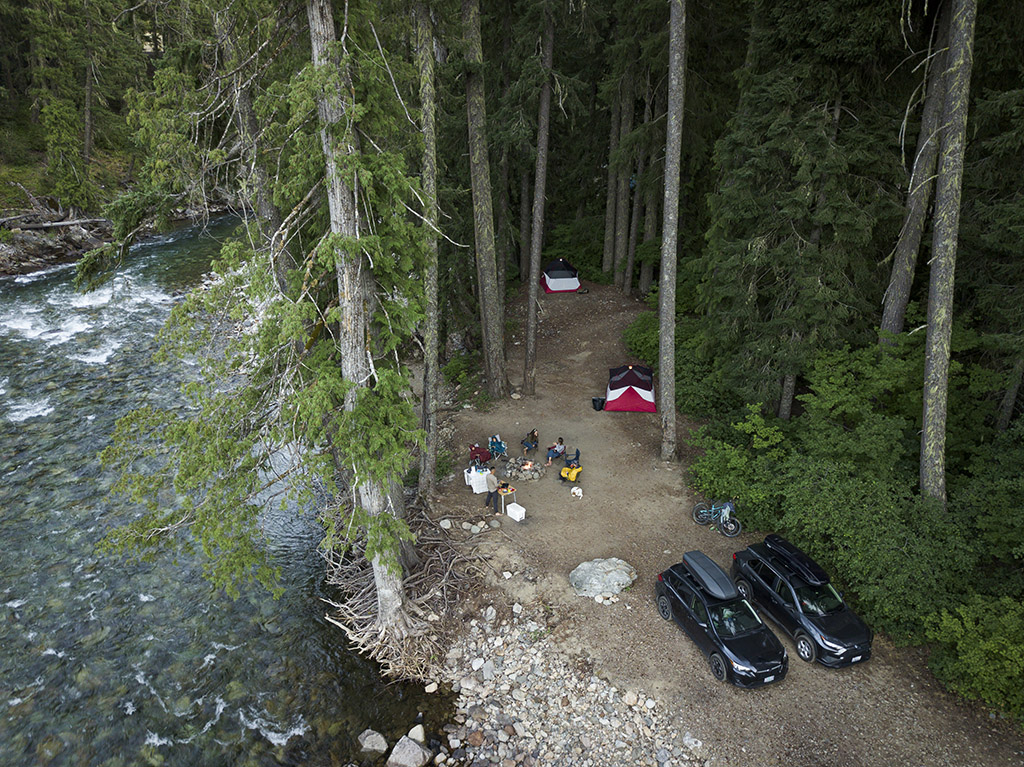
Car Camping Resources
To avoid getting kicked out of an illegal camp spot like me, use car camping apps, maps, and online guides. These resources take a lot of the guesswork out of car camping, allowing you to focus on the adventure while minimizing stress.
Phone Apps:
iOverlander: iOverlander is a free, crowdsourced app that details some of the best camp spots, showers, and car camping amenities across the nation. As one of the most comprehensive North American databases, users can expect to find hidden camp spots and niche information about places to stay. But keep in mind that the information that’s detailed isn’t always accurate. It’s always a good idea to double check if listed campsites are legal to use. Always obey current signage and postings on-site.
The Dyrt: The Dyrt is one of the top-rated camping apps for both public and private campgrounds. This is a great resource because it allows users to search by amenities. It also comes with free and pro versions. The pro version gives users access to map layers in order to discover nearby forest service and BLM land.
Campendium: Campendium is an iPhone only app that is tailored for RV users with lower clearance. Those who travel in a more permanent camp setup could benefit from the use of an app like this because it typically provides users with a comprehensive guide to established camp spots.
Topographical Maps:
Car campers can usually post-up for free on BLM and U.S. Forest Service land. But it can be difficult to determine where the borders of public land begin without topographical maps. For this reason, an app like Gaia GPS or OnX are must-have resources for car campers. Both also offer private land overlays so you can be sure you’re not camping on someone’s property. Just make sure to obey all posted regulations since some areas are off limits or more strictly regulated.
Urban Resources:
If you’ve ever road tripped across the country, you’ve probably heard about urban car camping. Businesses like Walmart, Cabelas, Home Depot, Cracker Barrel, and many fitness centers have been known to welcome those who are on the road. And some of those businesses are even likely to have designated car camping spots. Before camping in a parking lot, check in with the business’s manager to confirm that they accommodate overnight car camping.
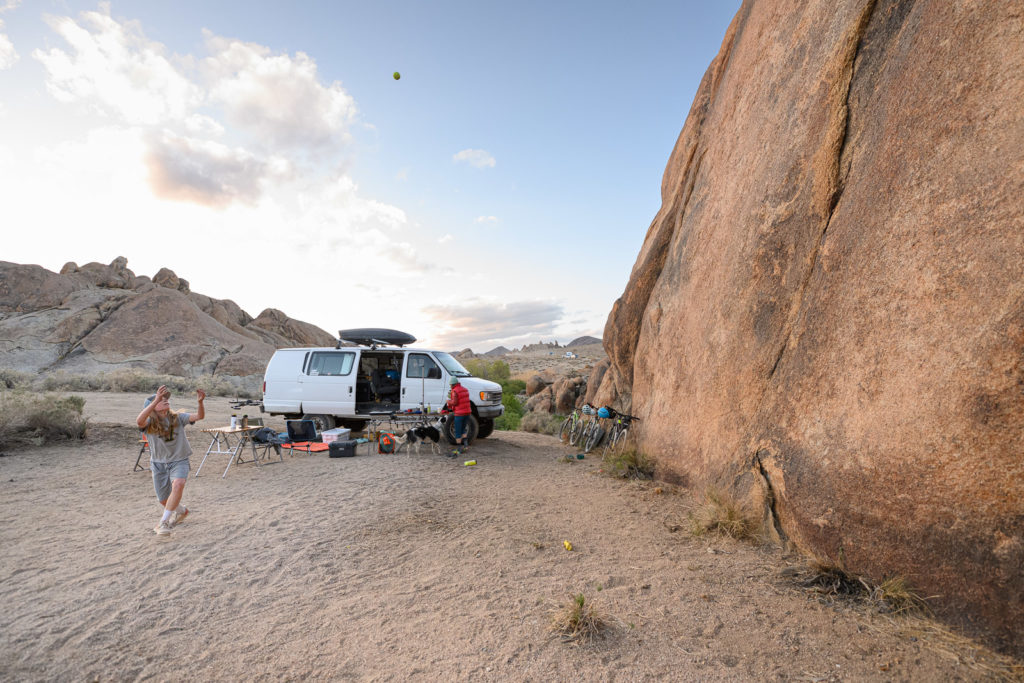
Car Camping Responsibly
As car camping has been embraced by many new to the outdoors, some businesses and land managers have begun to crack down oncamping due to irresponsible behaviors like leaving trash behind, environmental impacts in remote areas and yes–human waste. One way to ensure places remain open to camping is to learn how to car camp responsibly.
Observe Leave No Trace Principles
Leave No Trace Principles are designed to enhance resource protection while optimizing the outdoor experience. The seven principles include:
- Planning ahead and preparing
- Traveling and camping on durable surfaces
- Disposing of waste properly
- Leaving what you find
- Minimizing fire impacts
- Respecting wildlife
- And being considerate of others
Common Leave No Trace errors involve camping too close to water sources, leaving trash behind, fires in restricted areas, camping without permits, leaving human waste behind and driving off established roads – dirt or otherwise. To avoid making these errors, be sure to park in established spots as often as you can. Stay about 200 feet or further from water sources. Always bring a trash bag to pack out your garbage. Learn what the local fire restrictions are before lighting one and never have one when it’s windy. Also, check into permitting before you go and *deeply* bury or pack out your excrement. These steps help to keep the camp area in healthy condition long after you’re gone.
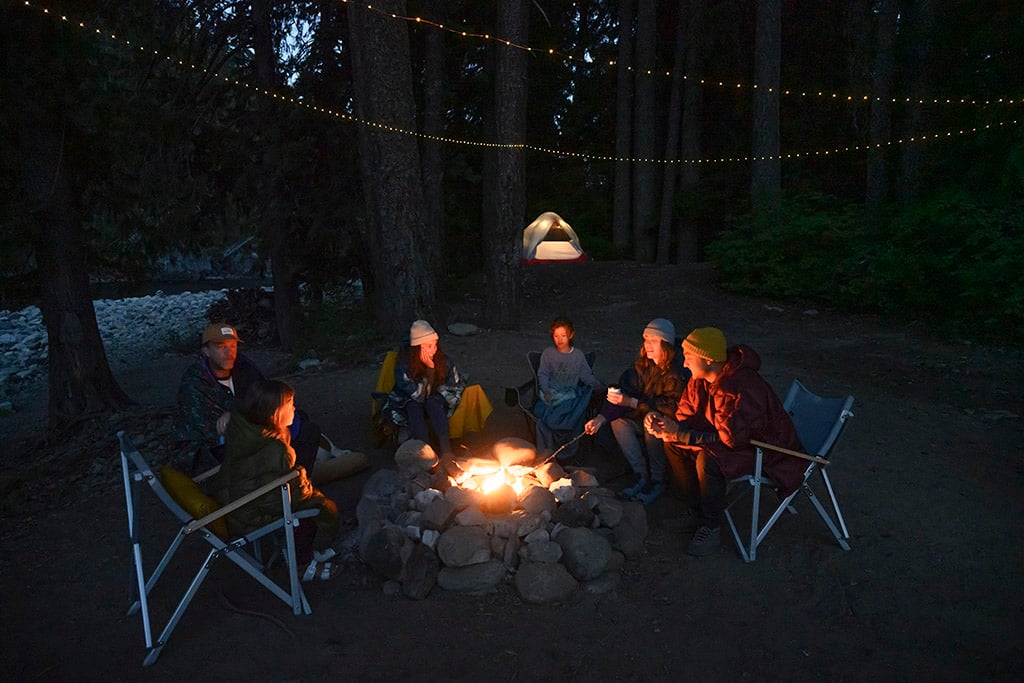
Car Camping Safety Considerations
Car camping can seem daunting if you’re new to the whole process, but keeping safety at the forefront of your mind helps to mitigate some problems before they happen. To better prepare for your car camping adventure, keep in mind that many car camping destinations will not have cell service. To amplify your communication abilities, you could invest in a two-way GPS communication device like the Garmin® In Reach or purchase a satellite-enabled cell phone plan.
Another mandatory is to build-out a basic car safety kit. Consider buying a battery-powered jump starter, tire plug kit, and a first aid kit just in case you get stranded without service far from the pavement. Always carry a spare tire (preferably a full-sized one) and never head out with a known mechanical issue or unidentified noise that you’ve been meaning to get looked at. Always let someone know where you’re going and when you expect to return. Finally, when it comes to safety, always go with your gut. Scope out your camp spot ahead of time in order to make sure it doesn’t give you the heebeegeebees. And if you happen to end up somewhere that has the wrong vibe, don’t be afraid to pack up and leave.
Car Camping Tricks & Tips
Car camping seems like a simple concept; You pack up your gear, head to a campsite, and enjoy your home away from home. However, combining these tips and tricks with the following can make your adventure even better:
Bring Baby Wipes: Baby wipes are one of the most convenient camp tools since they allow you to easily clean up sticky messes, do exceptionally well with car grease/grime, and make for a great light sponge bath in the absence of a shower.
Pack biodegradable soap: Keeping yourself and your belongings clean while you’re car camping can seem impossible until you start to pack the right gear. Biodegradable soap, no rinse shampoo, and hand sanitizer are a few planet-friendly options that keep you feeling fresh.
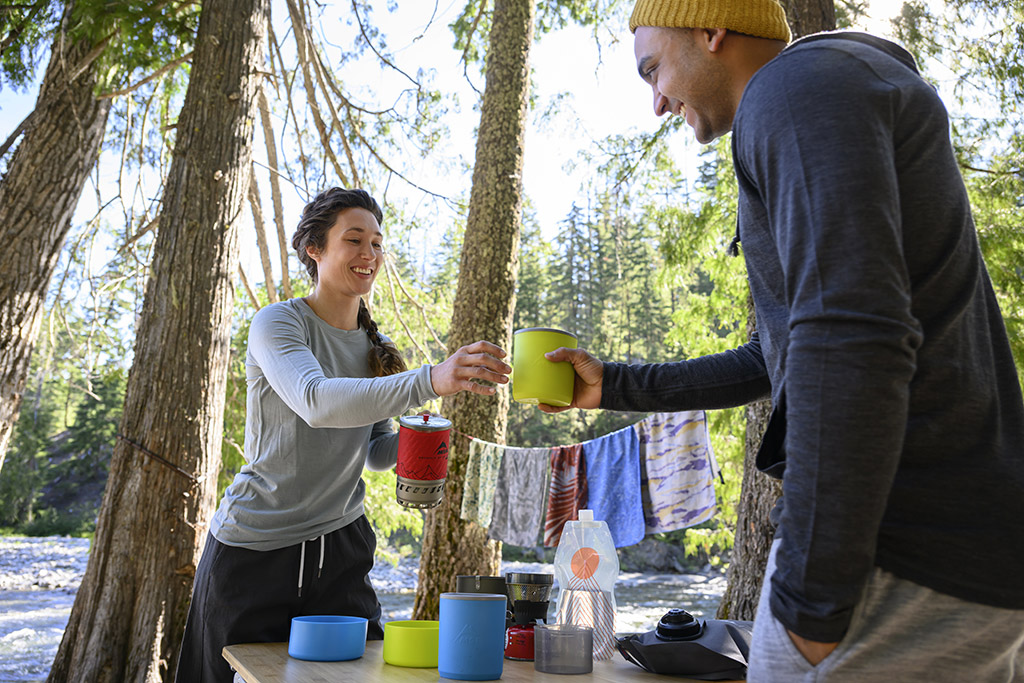
Consider packing an electric cooler: Electric coolers remove the need for ice while you’re car camping. Most of these products are compatible with car batteries, and they stay cool even after the car turns off.
Hang a net: If you sleep in your car, hanging a net from the ceiling gives you extra storage space for items like blankets, and gadgets that you don’t want to lose.
Bring a portable battery or solar-chargeable gear: Those who expect to car camp in sunny areas can usually benefit from solar chargeable gear like headlamps, lanterns and backup batteries. Unless you have large panels, solar charges slowly, so a portable battery (150 amp hours or more) can keep you charged-up until you drive again.
Car camping is a great way to get comfortable in the woods without giving up all of your creature comforts. It usually provides adventurers with a relaxing, fun environment that isn’t cost prohibitive. Because of the low number of barriers that surround car camping, it can be a great activity for those who need a little bit of fun and exploration in their lives. To get started, do a little bit of research about your first destination, and start planning your itinerary. Before long, you’ll be peering at the stars from the comfort of your campsite.
Related Posts:
